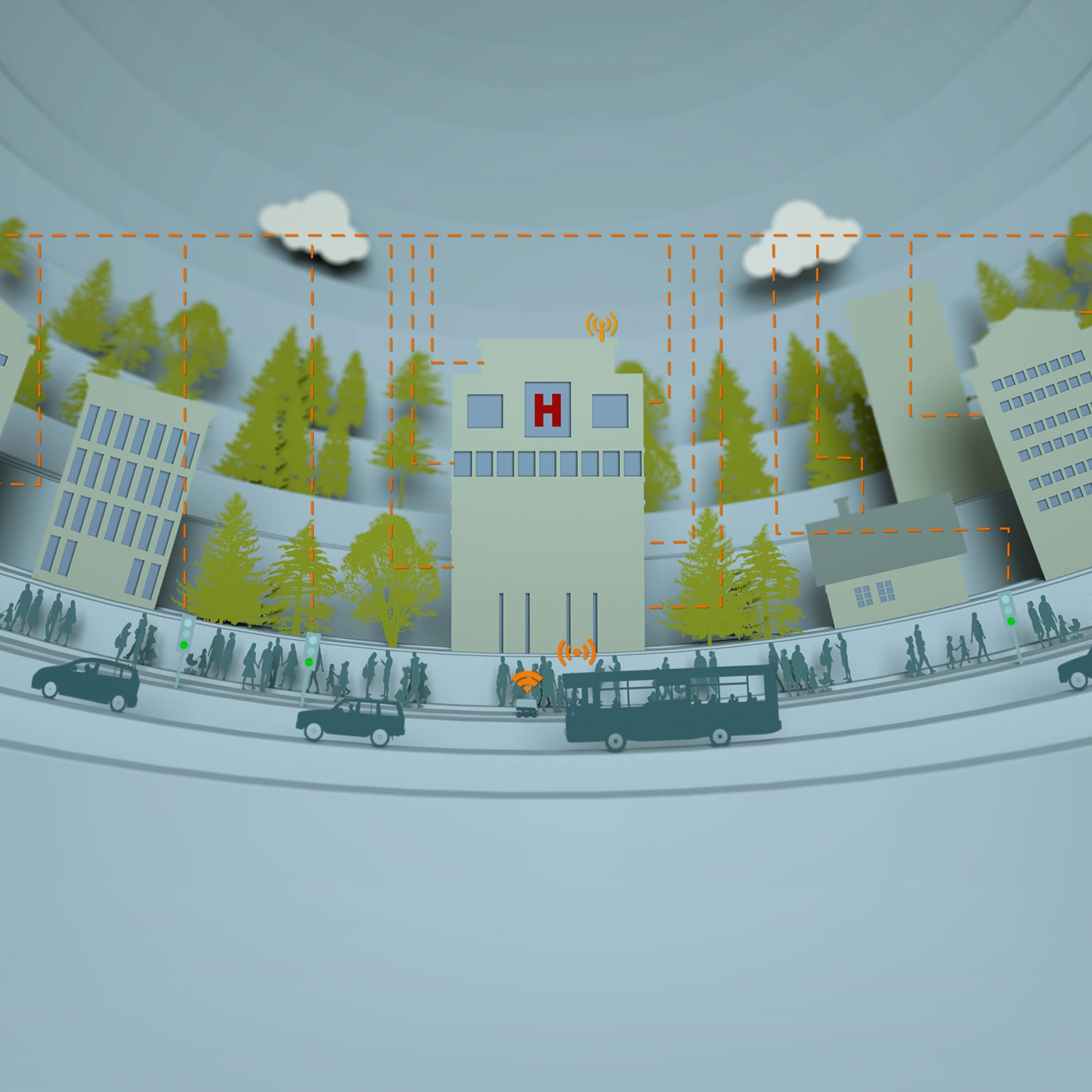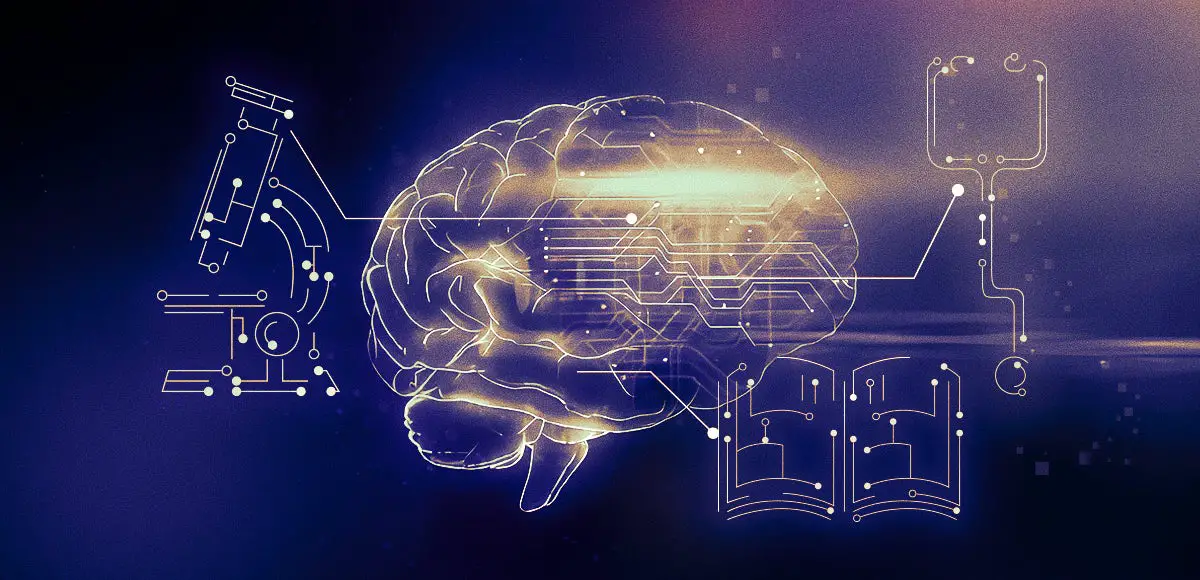New york can become a more liveable city with the benefits of ai-driven smart city planning. Urban development can be more efficient, cost-effective and sustainable.
As urban populations continue to grow around the world, there is a need for smarter and more efficient ways of managing cities. The use of ai in urban planning can enable cities to make data-driven decisions based on real-time information and predictive analytics.
In new york, the benefits of ai-driven smart city planning are becoming increasingly clear. By using technology to optimize everything from traffic flow to public safety, the city can become a more livable and sustainable place for its residents. From reducing air pollution to improving accessibility for people with disabilities, the power of ai can make a significant impact on the quality of life in new york city.

Credit: www.mckinsey.com
Enhancing Urban Mobility And Transportation
New york city is known for its bustling streets, towering skyscrapers, and vibrant nightlife. However, residents and visitors alike have complained about the city’s transportation system. With the implementation of ai-driven smart city planning, new york city’s public transportation is on its way to becoming more efficient and user-friendly.
We’ll discuss how ai-driven smart city planning can improve public transportation systems, using real-life examples from new york city.
Discuss How Ai-Driven Smart City Planning Can Improve Public Transportation Systems
- Utilization of real-time traffic data can help transit systems make route adjustments, avoid delays during peak hours, and reduce the number of stops during off-peak hours.
- Implementing integrated transport systems that incorporate various modes of public transportation can provide better transport options for commuters and tourists alike.
- Adoption of smart ticketing systems can reduce waiting times and offer flexible payment options, including mobile ticketing.
Use Case Examples In New York City Such As The Implementation Of A Smart Bus System
- New york city has launched a smart bus system that includes real-time tracking, providing commuters with accurate travel times.
- Integration with other modes of transport like subway and ferry allows commuters to plan their trips more efficiently, reducing wait times and improving overall travel experience.
- The smart bus system has an ai algorithm that can predict future traffic patterns, ensuring buses stick to their schedules and avoid getting stuck in traffic.
Utilizing Real-Time Traffic Data
- Real-time traffic data can transform the city’s public transportation system, enabling transit operators to make informed decisions about current traffic congestion and plan accordingly.
- The utilization of real-time traffic data can help reduce delays, travel time and improve overall service efficiency, resulting in happier commuters and increased ridership.
- The implementation of real-time data can also reduce the co2 emissions of vehicles, potentially lowering the carbon footprint of the city.
Ai-driven smart city planning can help improve new york city’s public transportation systems by enhancing urban mobility and transportation. Implementation of smart ticketing systems, real-time traffic data utilization, and a smart bus system can reduce travel time, decrease congestion, and enhance mobility for both tourists and commuters.
These impressive initiatives have the potential to transform how people move around the city, making their journeys more streamlined and comfortable.
Creating A Sustainable And Energy-Efficient City
Smart city planning through the use of ai technology has revolutionized the concept of livability in urban areas. With its ability to collect, analyze and communicate large amounts of data, ai has become an indispensable tool in creating sustainable and energy-efficient cities.
This brings us to the topic, the benefits of ai-driven smart city planning, concentrating on the subheading: creating a sustainable and energy-efficient city.
Discuss how ai technology can be used to manage and reduce energy consumption in buildings and infrastructure:
- Ai-driven building energy management systems can monitor energy consumption and optimize it by adjusting heating, cooling, and lighting systems in real-time, based on occupancy and environmental conditions, thereby reducing energy waste.
- With the help of ai, smart buildings can also make accurate demand predictions, reducing consumption during peak hours by powering down machinery that is non-essential.
- Computer vision and sensors in buildings can detect wasted energy and optimize energy distribution around the building using ai technologies such as machine learning and big data analytics.
Use case examples such as the installation of smart streetlights and the use of building energy management systems:
- By installing smart streetlights with ai-powered occupancy detection sensors and self-dimming features, cities can reduce energy consumption by up to 60% while also improving street safety and reducing light pollution.
- The adoption of building energy management systems in new york city’s empire state building helped reduce energy consumption by 38% within its first year, translating to savings of over $4. 4 million.
- Ai-powered energy management systems have been deployed in public housing complexes in boston, where it has helped reduce energy consumption and carbon emissions by 20% and 25%, respectively.
Highlight how these initiatives can reduce carbon emissions, decrease energy bills and create a more sustainable city:
- With ai-powered smart city planning, cities can reduce their carbon footprint by optimizing energy consumption and distribution, thereby improving air quality and reducing pollutants.
- The adoption of energy-efficient solutions in buildings and infrastructure can lower energy bills for tenants and owners, helping them save money in the long run.
- Implementation of ai-driven smart city solutions will assist cities in creating a sustainable ecosystem, thereby improving the quality of life for residents, making cities safer and healthier.
Improving Public Safety And Security
New york city is a vibrant place with a high population density that demands a smart city planning approach. With the integration of artificial intelligence (ai), city authorities have been able to enhance safety measures, reduce response times and increase the quality of life for residents.
In this section, we’ll discuss how ai technology can be used in city planning to improve public safety and security.
Discuss How Ai Technology Can Be Used In City Planning To Enhance Safety Measures
Ai technology plays a vital role in city planning, and one of its most significant contributions is enhancing safety measures. Ai-powered tools and systems can identify potential threats, detect suspicious activity, and support quick emergency responses, all while using real-time data and machine learning algorithms.
- Monitoring for natural disasters, which allows city authorities to prepare and respond appropriately to emergencies.
- Identifying criminal activity through predictive policing models that use various data sources, including call and crime data.
- Using public cameras with facial recognition and object detection technology to identify and track suspicious behavior and potential threats to public safety.
Use Case Examples Of Cctv Camera Systems Integrated With Ai-Powered Facial Recognition And Object Detection
Cities worldwide are starting to use cctv cameras and ai-powered facial recognition and object detection tools to improve public safety.
- China’s ‘super eye’ cameras installed across the city can detect and identify people from 50 meters away. These cameras use an ai-powered facial recognition system that matches individuals to police databases and the chinese government’s social credit system.
- London, england, has already deployed facial recognition pilot schemes, with up to five london boroughs using the technology in their public spaces. The cameras are trained on watchlists of suspects and identify anyone who matches these faces.
- In the us, detroit has implemented project green light, which involves ai-enabled cameras integrated with facial recognition and object detection technology linked to the city’s police department.
Highlight How These Initiatives Can Improve Public Safety By Detecting Potential Threats And Reducing Response Times In Critical Situations
Cities can use ai-powered safety measures to detect early warning signals of potential incidents and address them before they occur, reducing response times when critical situations arise.
- Quick emergency response times that allow law enforcement and first responders to react promptly, minimizing losses and limiting the impact of dangerous situations.
- Improved public safety and security for city residents and visitors through the use of ai-powered surveillance systems.
- Access to real-time data that can be invaluable in managing pandemic crises and other large-scale events.
Ai technology has revolutionized the way cities plan and manage safety measures, enabling authorities to improve public safety and security through real-time data and predictive analytics. The integration of ai and smart city planning can enhance the quality of life for residents by reducing response times in critical situations and detecting potential threats.
As cities worldwide adopt these technologies, the prospects for safer, smarter communities appear bright.
Conclusion
The implementation of ai-driven smart city planning has ushered in a new era of urban development and has improved the quality of life for city dwellers. New york city is a prime example of how this technology has been used to create a more efficient, accessible, and sustainable living environment.
With smart traffic management, enhanced energy efficiency, and streamlined public services, the city has become more liveable and attractive to residents, tourists, and investors alike. The scalability of ai and its ability to adapt and learn from data makes it a valuable tool for policymakers, city planners, and other stakeholders.
As we move towards a more connected and intelligent future, it is crucial to recognize the benefits of ai-driven smart city planning and its potential to address the challenges of urbanization. By leveraging this technology and focusing on sustainable development, we can create more livable, equitable, and prosperous cities for generations to come.


